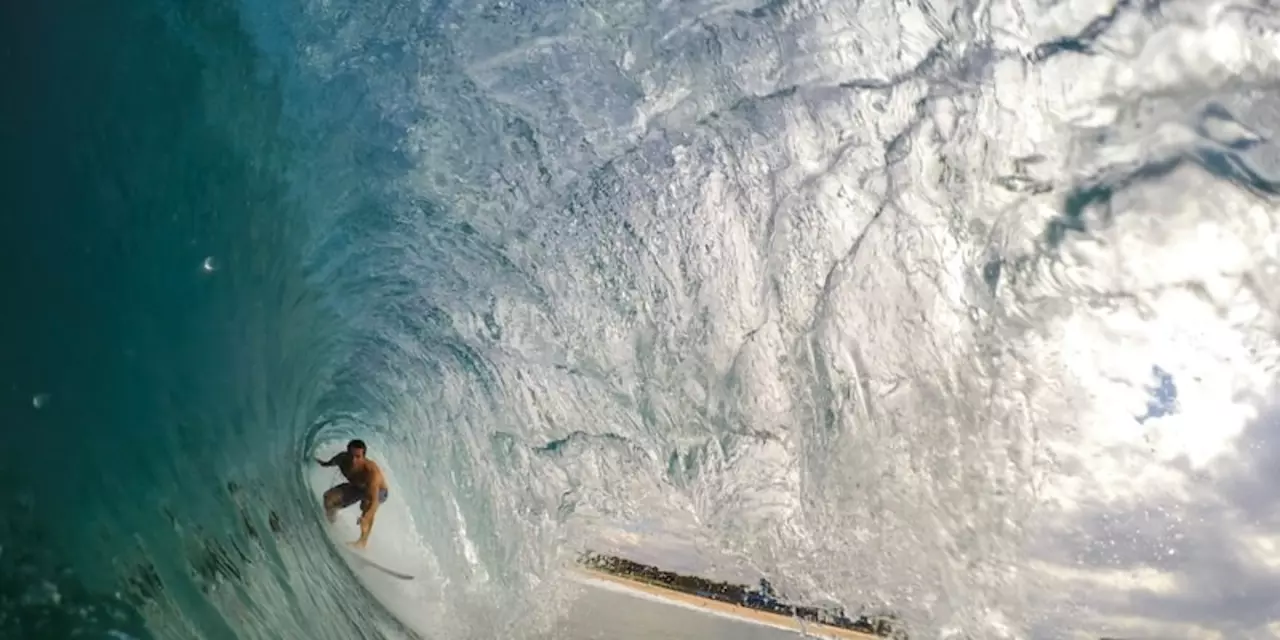Comparison Guides: Picking the Right Windsurf Gear and Techniques
If you're new to windsurfing or just want a better fit, you’ll quickly discover that the market is packed with choices. Boards, sails, fins and even wetsuits can feel overwhelming. The good news? You don’t need to guess. Below are straightforward side‑by‑side looks at the most common decisions windsurfers face.
Boards: Short vs. Long
A short board (under 230 cm) feels lively and reacts instantly. It’s perfect for freestyle, wave riding and tight manoeuvres. You’ll notice quicker turns and a lower weight, which makes transport easier. The trade‑off is a smaller planing surface, so you need a stronger wind to get up and stay up.
A long board (230 cm and above) offers more stability and a larger surface area. That means you can plane in lighter wind and carry heavier loads, like a bigger sail. Beginners love the confidence boost, and cruising sailors appreciate the smooth ride. The downside is slower response and a bulkier bag.
Sails: Size Matters
Choosing the right sail size is all about wind speed and your weight. In light wind (5‑12 kt), a larger sail (6‑8 m²) captures more power, letting you plane earlier. If you’re heavier, bump the size up a metre to keep the board moving.
When the wind picks up (15‑25 kt), a smaller sail (4‑5.5 m²) gives you control and prevents capsizing. Smaller sails are also easier on the arms during long sessions. A good rule of thumb: if you’re in the 10‑15 kt range, a mid‑size 5‑6 m² sail hits the sweet spot for most riders.
Beyond size, watch the camber and cut. A flat camber sail feels more direct and is great for racers, while a fully cambered sail gives extra power for wave riders. Compare the specs, then test a demo if you can – the feel on water is the final judge.
Fins and Footstraps: Tweaking Performance
Fins come in different lengths and flex patterns. A longer, stiff fin holds the board steady in strong wind and boosts upwind performance. A shorter, more flexible fin lets the board spin easier, which is useful for freestyle tricks. Swapping fins is cheap and can change your ride in minutes.
Footstraps add control on high‑speed runs. If you’re learning, start without them to feel the board’s natural movement. When you’re comfortable, add a pair to lock your feet in place – it helps with edging and reduces foot fatigue on long days.
Overall, the best setup is the one that matches today’s conditions and your personal style. Don’t be afraid to mix and match; the windsurf community loves experimenting. Join our forum, share your combos, and you’ll discover what works best for you.
Ready to try a new combo? Grab a board, pick a sail size that fits the forecast, attach a fin that suits your plan, and hit the water. The more you compare, the faster you’ll find the perfect match for every session.
How much different is surfing from paddleboarding?
Surfing and paddleboarding are two popular water sports with commonalities, but also important differences. Surfing is an older sport, traditionally done on a longboard, using the power of the wave to propel the board and perform tricks. Paddleboarding is far newer, done on a wider board, with the rider using a paddle to move the board and propel themselves. Both require balance and skill, but they are different in their approach and style. Surfing is a more aggressive sport, with a focus on tricks and riding the wave, while paddleboarding is a more relaxed and leisurely activity. Both can be enjoyed in a variety of settings and can offer a great way to enjoy the water.
